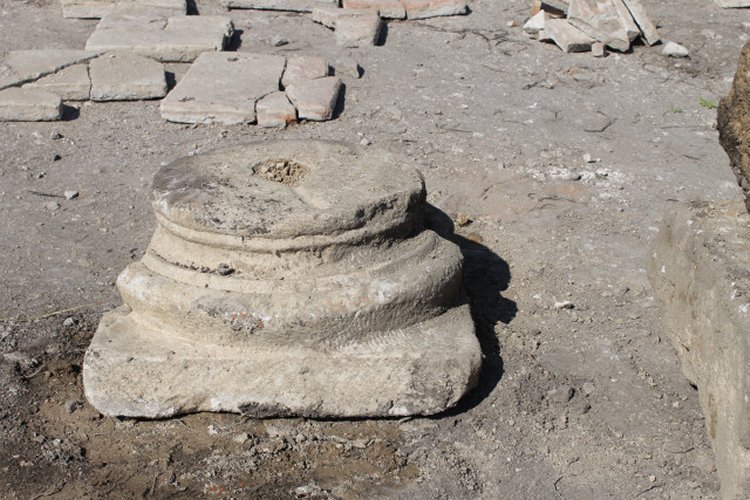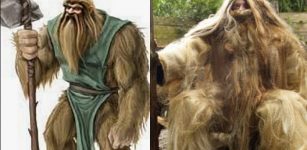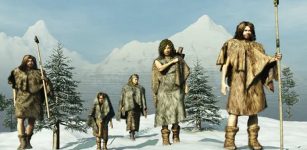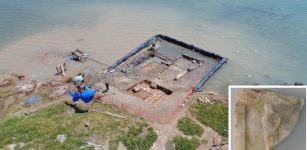Zaldapa was the largest late Roman and Byzantine fortified town in the interior of Dobrudzha. The fortress is estimated to have been built in the late fourth century CE. The fortified town, believed to have been densely populated and covered an area of about 35 hectares.
Estimated to have been founded by Thracians in about the eighth century BC, the settlement grew larger after the Roman expansion in Thrace. For a short period of time it was the seat of an episcopate and it was the centre of the biggest rebellion against Emperor Justinian I the Great.

Marble and ceramic fragments from both the Late Antiquity and the time of the First Bulgarian Empire in the Middle Ages have been removed from inside the newly found Early Christian crypt in the Late Roman and Early Byzantine Fortress Zaldapa. Photos: Krushari Municipality
The crypt has been found in the most sacred place of the Early Christian basilica in Zaldapa, the altar space, Krushari Municipality has announced in a statement, stressing that the architecture of the tomb seems to be unlike any other known crypt in the Christian world.
The archaeologists have found that the crypt in the Early Christian basilica in the Zaldapa Fortress was broken into during the period of the First Bulgarian Empire (632/680-1018 AD).
The Early Christian basilica in Zalpada, which was major Roman and Byzantine city in the Scythia Minor province in the Late Antiquity, is rather impressive itself, with its width of 22 meters, and length of over 55 meters making it one of the largest Early Christian temples.
Lead archaeologists Prof. Georgi Atanasov from the Silistra Regional Museum of History and Assoc. Prof. Valeri Yotov from the Varna Museum of Archaology hope that upon reaching the floor of the crypt they will have discovered a saint’s relics, or at least an inscription with the saint’s name.
AncientPages.com
References:
























